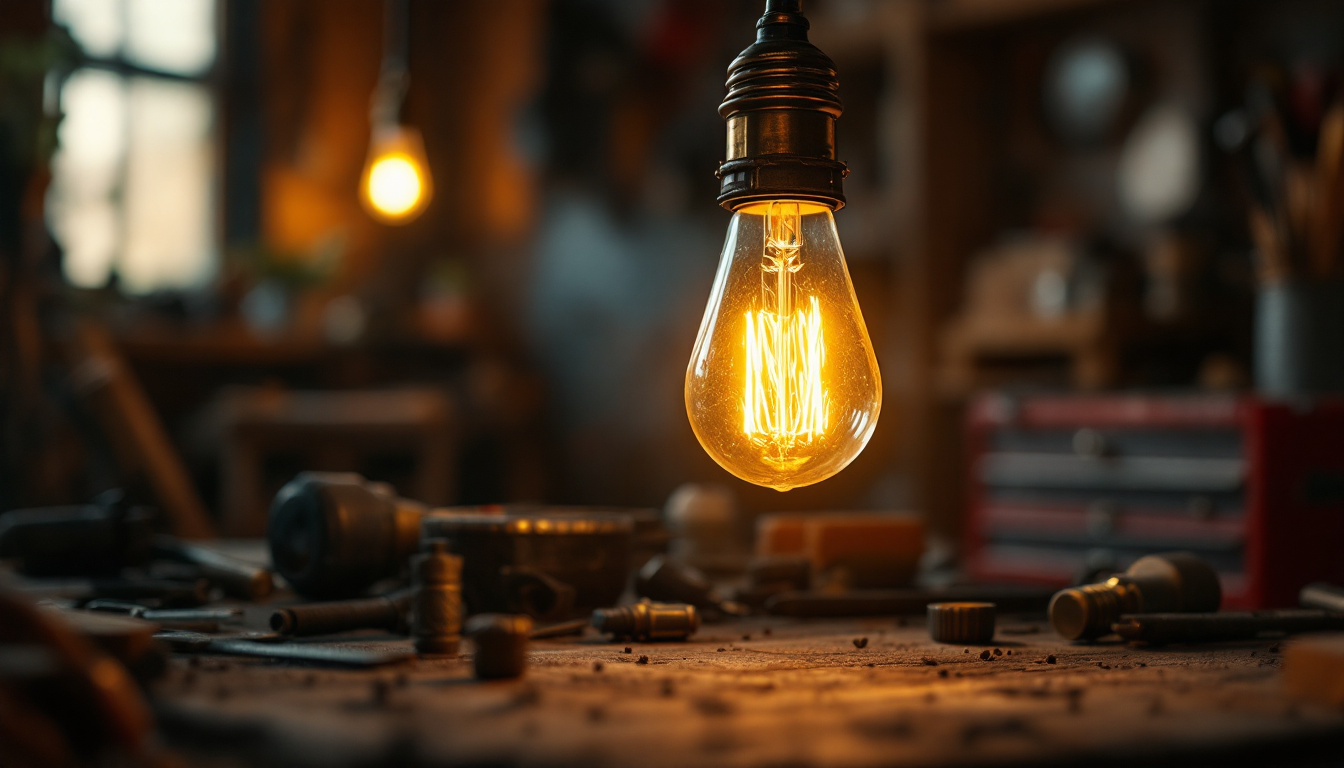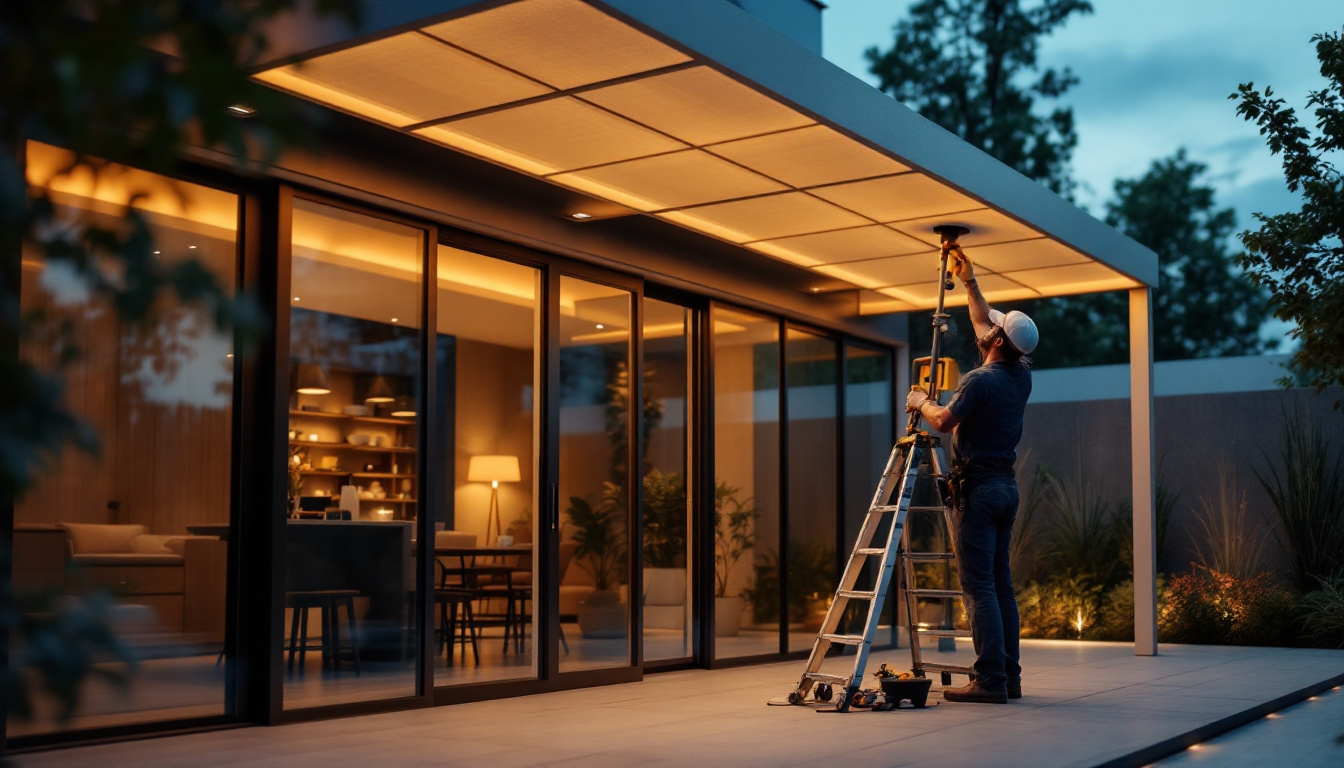
As the demand for effective and energy-efficient lighting solutions continues to grow, lighting contractors play a crucial role in meeting the needs of residential and commercial clients. Understanding the various lighting supplies available is essential for contractors to deliver high-quality installations and ensure customer satisfaction. This guide aims to provide an overview of essential lighting supplies, considerations for selection, and tips for successful project execution.
Lighting supplies encompass a wide range of products that are integral to the installation and maintenance of lighting systems. These supplies include fixtures, bulbs, wiring, controls, and various accessories that enhance functionality and aesthetics. A thorough understanding of these components is vital for lighting contractors to make informed decisions and provide optimal solutions for their clients. The right selection of lighting supplies not only improves the overall design of a space but also contributes to energy efficiency and sustainability, which are increasingly important considerations in modern construction and renovation projects.
Lighting fixtures are the most visible components of any lighting system. They come in various styles and designs, catering to different applications and preferences. Common types of fixtures include:
In addition to these common types, there are specialty fixtures like pendant lights, which can serve as statement pieces in dining areas, and outdoor fixtures that provide safety and security around perimeters. The choice of fixture can dramatically alter the feel of a room, making it essential for contractors to understand their clients’ aesthetic preferences and functional needs when recommending options.
The choice of lighting bulbs is critical in achieving the desired ambiance and energy efficiency. Different types of bulbs include:
Understanding the characteristics and applications of each bulb type allows contractors to recommend the best options for their clients’ needs. For instance, LED bulbs not only consume less energy but also come in a variety of color temperatures, allowing for customization of the lighting environment. Additionally, advancements in smart lighting technology have introduced bulbs that can be controlled remotely via smartphone apps, providing users with unprecedented flexibility in managing their home or office lighting.
In addition to fixtures and bulbs, various accessories and components are necessary for a complete lighting installation. These may include:
Moreover, other essential accessories such as motion sensors and timers can significantly enhance the efficiency of lighting systems. Motion sensors automatically turn lights on and off based on occupancy, which can lead to significant energy savings in both residential and commercial settings. Timers, on the other hand, allow users to set specific times for lights to operate, providing convenience and security, especially for outdoor lighting. Understanding these components enables contractors to create comprehensive lighting solutions that are not only functional but also tailored to the unique needs of each client.
Selecting the appropriate lighting supplies involves considering several factors, including the project scope, client preferences, and budget constraints. A well-rounded approach ensures that the final installation meets both functional and aesthetic requirements. Understanding the nuances of different lighting types and their applications can significantly enhance the overall outcome of a project, making it essential for contractors to stay informed about the latest trends and technologies in the lighting industry.
Before making any purchases, it is vital to conduct a thorough assessment of the client’s needs. This includes understanding the purpose of the space, desired lighting effects, and any specific requirements such as energy efficiency or smart technology integration. Engaging in open communication with clients can help clarify their expectations and guide the selection process. Additionally, it may be beneficial to provide clients with visual aids, such as mood boards or lighting simulations, to help them visualize how different options will affect their space. This collaborative approach not only fosters trust but also empowers clients to make choices that reflect their personal style and functional needs.
Quality and performance should be at the forefront of any contractor’s mind when selecting lighting supplies. It is essential to choose products from reputable manufacturers that adhere to industry standards. Factors to consider include:
Furthermore, it’s important to consider the longevity of the lighting solutions. LED fixtures, for example, not only consume less energy but also have a longer lifespan compared to traditional incandescent bulbs. This durability can significantly reduce maintenance costs over time, making them a wise investment for both residential and commercial projects. Additionally, exploring options for dimmable lighting can enhance the versatility of a space, allowing clients to adjust the ambiance according to their needs.
Budget constraints are often a significant factor in project planning. Contractors must balance quality with affordability, ensuring that the selected supplies meet the client’s needs without exceeding their budget. Providing clients with a range of options can help them make informed decisions that align with their financial considerations. It may also be beneficial to discuss potential cost-saving measures, such as bulk purchasing or phased installations, which can help manage expenses without compromising on quality. Moreover, educating clients about the long-term savings associated with investing in higher-quality lighting solutions can shift their perspective on upfront costs, making them more amenable to spending a bit more for enhanced performance and durability.
Once the appropriate lighting supplies have been selected, the next step is the installation process. Following best practices during installation can lead to successful outcomes and satisfied clients.
A well-thought-out lighting layout is essential for achieving the desired effects. Contractors should consider factors such as:
Creating a lighting plan that incorporates these elements can help streamline the installation process and enhance the overall outcome.
Safety should always be a priority during installation. Contractors must adhere to local electrical codes and regulations, ensuring that all wiring and fixtures are installed correctly. This includes:
After installation, testing the lighting system is crucial to ensure everything functions as intended. Contractors should check for:
Making these adjustments can significantly enhance the overall satisfaction of the client and the effectiveness of the lighting system.
As technology and design trends evolve, lighting supplies are also changing. Staying informed about emerging trends can help contractors provide innovative solutions that meet modern demands.
Smart lighting technology is rapidly gaining popularity, offering clients enhanced control over their lighting systems. Features such as remote access, scheduling, and integration with smart home systems allow for greater convenience and energy savings. Contractors should familiarize themselves with various smart lighting products and their installation requirements to offer clients cutting-edge solutions.
With an increasing focus on sustainability, many clients are seeking eco-friendly lighting solutions. This includes energy-efficient bulbs, solar-powered fixtures, and products made from sustainable materials. Contractors can differentiate themselves by offering these options and educating clients on the benefits of sustainable lighting.
Lighting design is becoming more integral to overall interior design, with a focus on aesthetics as well as functionality. Unique fixtures, customizable colors, and innovative designs can enhance the visual appeal of a space. Contractors should stay updated on the latest design trends and be prepared to suggest creative lighting solutions that align with their clients’ tastes.
Lighting contractors play a vital role in shaping the environments in which people live and work. By understanding the various lighting supplies available, making informed selections, and adhering to best practices during installation, contractors can ensure successful outcomes for their clients. Staying abreast of emerging trends and innovations will further enhance their ability to provide exceptional service and meet the evolving needs of the market.
Ultimately, a commitment to quality, safety, and customer satisfaction will set successful lighting contractors apart in a competitive industry. This guide serves as a foundation for lighting contractors to navigate the complexities of lighting supplies and installations, empowering them to deliver outstanding results that illuminate spaces beautifully and efficiently.
Ready to elevate your lighting projects with the highest quality supplies? Look no further than LumenWholesale, where we offer spec-grade lighting products at unbeatable wholesale prices. Say goodbye to middleman markups and hello to superior lighting that meets rigorous industry standards. With our hassle-free bulk buying and free shipping, you can trust that you’re getting the best value without any hidden fees. Don’t compromise on quality or cost—choose LumenWholesale for the perfect blend of affordability and convenience. Wholesale Lighting at the Best Value is just a click away.

Discover the history of the light bulb’s invention and explore how its evolution can lead to significant cost savings for lighting contractors.

Discover essential tips and expert insights for lighting contractors on effectively utilizing 4-foot LED lights.

Discover how partnering with canopy light specialists can elevate your business.

Discover what clients anticipate from lighting contractors when it comes to outdoor automatic lighting solutions.